Last updated on May 24th, 2023
- Trout Fishing in Summer 101: My Top Tips for Success - August 15, 2024
- Unleashing the Power: The Best Trout Fishing Lines for Anglers - August 15, 2024
- Hooked on Adventure: Exploring the Thrills of Trout Fishing in Rivers - August 15, 2024
If you’re a passionate fisherman in search of an invigorating experience, muskie angling could just be the thing. As one of the largest freshwater fish in North America, muskies are apex predators that offer a thrilling catch and delicious meal. Before you embark on your muskie fishing journey, it’s important to understand their behavior and preferences for food sources as well as the best ways to clean and prepare them.
In this blog post, we’ll explore everything from why muskies tend to prefer high-protein fish like yellow perch as their primary food source and what makes them such a delicious fish. We’ll also discuss the best ways to clean and prepare your muskie fillets for cooking so that they’re safe and tasty.
But it’s not all about eating muskie – we’ll also touch on the importance of protecting native species when targeting predatory fish like muskie or northern pike. From wild brook trout to landlocked salmon in inland lakes, understanding which fish prefer which types of bait can help ensure healthy walleye populations and protect our native waters.
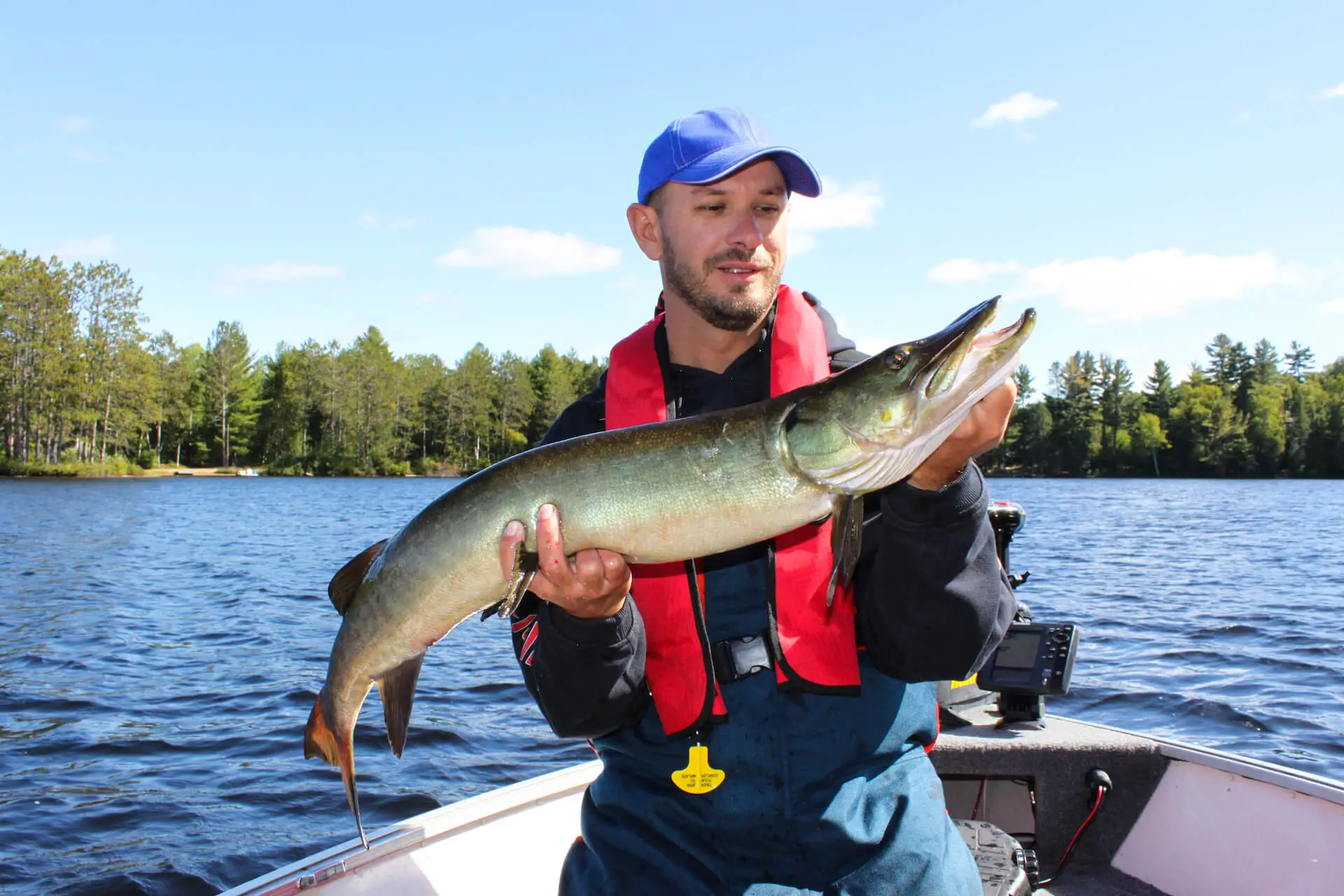
Table of Contents:
- Introduction to Muskie
- What Does Muskie Taste Like?
- Is Muskie Safe To Eat?
- Recipes For Preparing Muskie
- What Goes Well With Muskie?
- FAQs
- Conclusion
Introduction to Muskies
Muskies are an apex predator in the pike family, and a prized game fish among anglers. Muskies can reach up to six feet in length and weigh over fifty pounds. Muskies prey on other fish such as wild brook trout, yellow perch, landlocked salmon and walleye populations – sustaining the food chain of many predatory species.
What Does Muskie Taste Like?
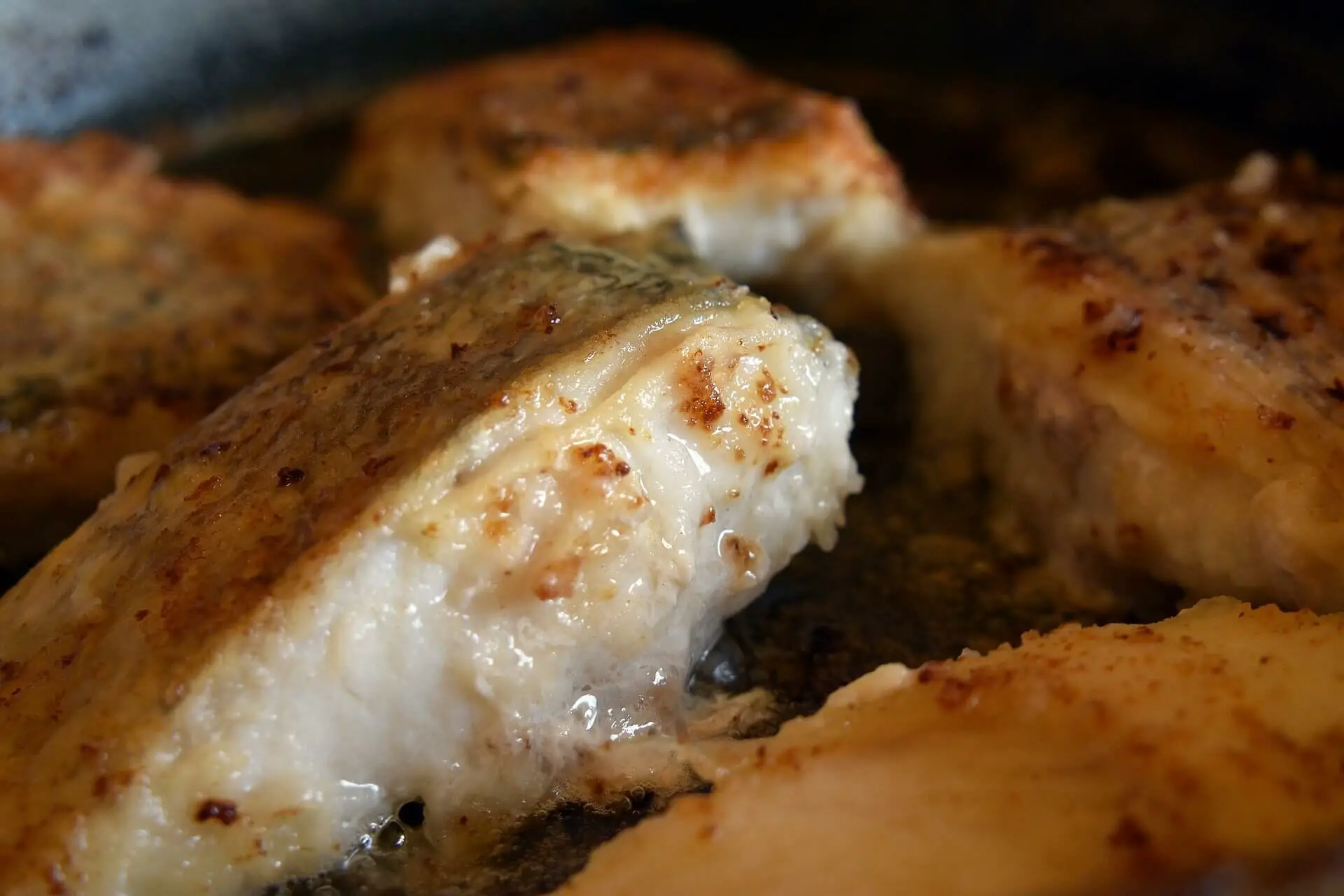

Muskie is a type of fish that inhabits freshwater environments in North America, boasting a distinctive taste and dense flesh. It has a slightly nutty flavor with thick flesh. But when prepared properly, muskie is an absolutely delicious meal.
The flavor of muskie can differ depending on its size, age, capture technique and storage prior to cooking. Generally speaking though, muskie has a mild yet distinct flavor with a hint of sweetness. Its flesh is firm and meaty but tends to be tough and chewy if not cooked correctly.
Fortunately, seasoning goes a long way when cooking muskie. A simple combination of lemon pepper or butter will bring out its natural flavors while making it more tender at the same time. You may also want to try adding garlic powder or dill weed for some extra zing – both ingredients pair nicely with this type of fish.
When served fresh off the grill or pan-fried until crispy on the outside yet still juicy inside, there’s nothing quite like homemade muskie fillets. They’re perfect for anglers who enjoy their catch without having to sacrifice any flavor in return – just make sure you don’t overcook them.
Baking your fillets is another great option that yields moist results every time; simply season them beforehand then bake in foil packets over indirect heat for about 10 minutes per inch (2.5 cm) thickness – no flipping required.
For those looking to get creative in the kitchen, consider using other ingredients such as herbs and spices to create unique recipes featuring this tasty fish. Mushrooms are especially popular among fishermen because they add an earthy element that pairs perfectly with richly flavored dishes like creamy sauces or chowders made from freshly caught muskies.
Muskie has a mild flavor and can be cooked in many different ways, making it an enjoyable fish to eat. When preparing muskie, it is important to be aware of certain factors before consuming the fish.
Key Takeaway: Muskie has a mild yet distinct flavor with a hint of sweetness, and when cooked properly is an absolutely delicious meal. Seasoning goes a long way to make it more tender while also bringing out its natural flavors – try adding garlic powder or dill weed for some extra zing. Get creative in the kitchen by using herbs and spices like mushrooms to create unique dishes featuring this tasty fish.
Is Muskie Safe To Eat?
Muskie is a highly sought after game fish in many parts of North America, and for some anglers, the next step to take with their catch is to eat it. But before you get cooking, it’s important to know if muskie are safe to eat. The response is affirmative – however, only in specific circumstances.
Immediately gutting and cleaning a muskie after it has been caught is essential for safe consumption. Mercury levels in local waters should be taken into account, as excessive exposure can lead to serious health risks such as nerve damage or brain issues due to heavy metal poisoning. Eating raw or lightly cooked dishes like sushi and sashimi made from muskie should be avoided, if possible, in order to reduce the risk of long-term complications.
When cooking muskies at home, make sure they reach an internal temperature of 145°F (63°C). This ensures that all harmful bacteria have been killed off while still preserving flavor and texture without overcooking the meat itself. Grilling on medium-high heat works well when making steaks out of larger fillets; just be sure not to burn them. Pan-frying works great too; use high heat so that you get a nice crisp crust on each side before reducing heat slightly until done through (about 5 minutes per side). For smaller fillets baking in foil packets with butter and herbs can produce delicious results – just don’t forget about them in the oven.
Yes, Muskie is safe to eat if prepared properly. With the right recipes and techniques, you can enjoy a delicious meal of Muskie with your family or friends. Now let’s take a look at some great recipes for preparing this tasty fish.
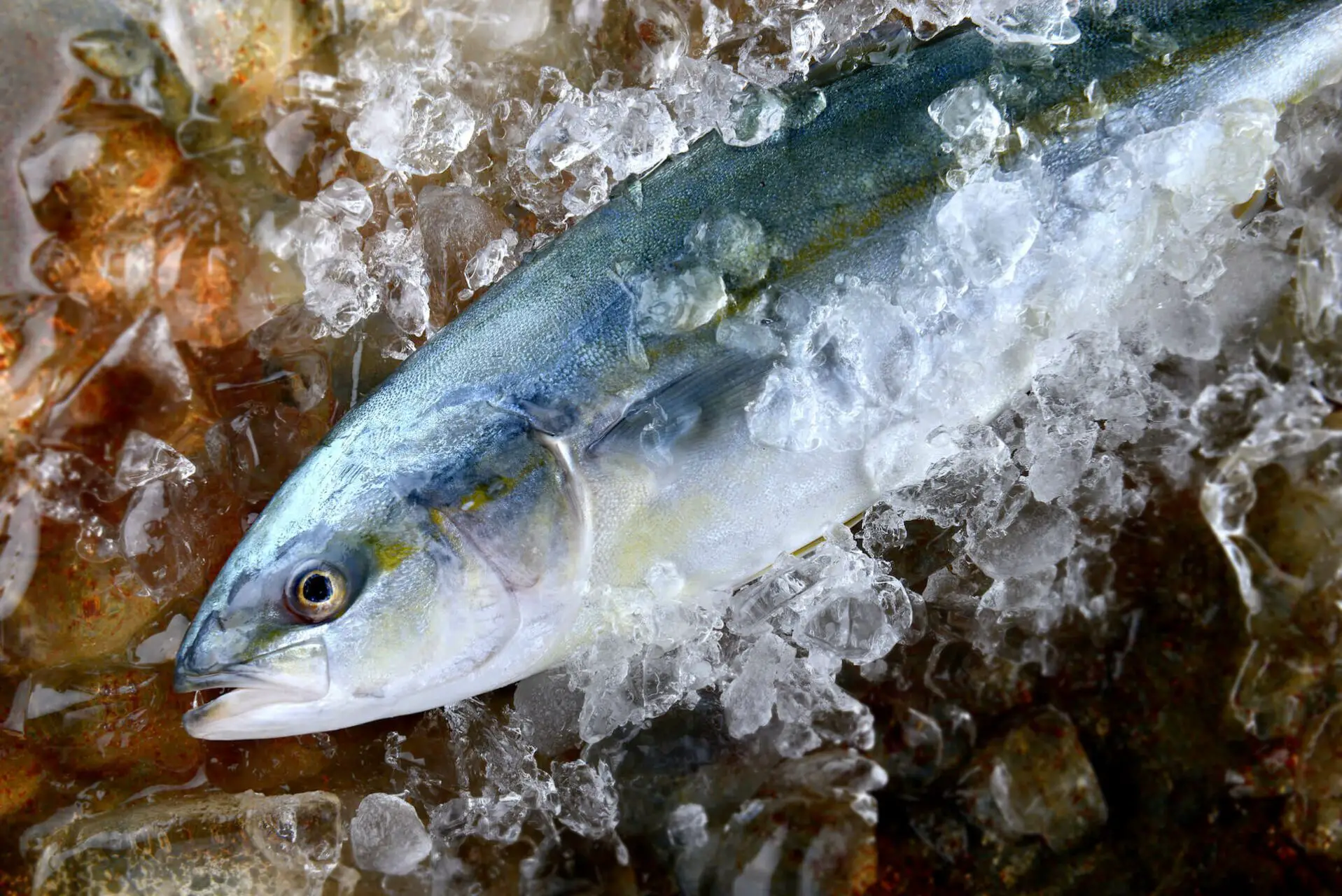

Recipes For Preparing Muskie
Grilling Recipe
Grilling is a great way to bring out the flavor of muskie. Start by prepping your fish with salt and pepper, then rub it down with some olive oil. Once the muskie is seasoned, place it on a pre-heated grill and cook for 4-5 minutes per side or until done to your liking. Serve with your favorite sides such as grilled vegetables or roasted potatoes.
Pan-Frying Recipe
For a delicious pan-fried meal, season your muskie fillets lightly with salt and pepper before dredging them in flour mixed with paprika and garlic powder. Heat a skillet over medium heat, add the seasoned fillets and fry for 3 minutes per side or until golden brown and cooked through before serving with lemon wedges. Serve immediately with lemon wedges for added flavor.
Preheat the oven to 175°C (350°F). Grease a baking dish of 8×8 inches with butter or cooking spray. Arrange the seasoned muskie filets skin side down in the greased dish, and top with a blend of breadcrumbs, Parmesan cheese, oregano, basil, thyme leaves and butter if desired. Bake uncovered in preheated oven for 15 minutes until golden browned on top; serve hot.
Muskie can be prepared in a variety of ways, allowing for a delicious and unique dining experience. To complement the flavor of Muskie, it is important to understand what goes well with this fish when cooking.
“Try this delicious pan-fried, grilled or oven-baked muskie recipe. It’s sure to bring out the flavor of this tasty fish and make for a great meal. #MuskieFishing #FishRecipes”Click to Tweet
What Goes Well With Muskie?
It pairs well with light side dishes such as roasted vegetables or steamed rice pilaf since they have rich flavors of their own. A crisp white wine would also complement the dish nicely if you’re looking for something more indulgent.
When prepping muskie, bear in mind its fragile texture and the potential for it to be overcooked. To ensure optimal results, use a gentle cooking method such as baking, poaching or grilling. For those who prefer pan-frying, be sure to use low heat and cook the fillets on both sides until golden brown.
For a zesty twist, sprinkle on some herbs and spices like garlic powder, oregano or thyme while preparing your muskie fillets. This will give them an extra kick of flavor without overpowering the natural taste of the fish itself. If you’re feeling adventurous, why not try marinating your muskie in some citrus juice prior to cooking? The acidity from lemons or limes helps tenderize the flesh while giving it a subtle tangy taste at the same time.
To complete your meal, consider pairing your muskie with some fresh seasonal vegetables such as carrots or green beans sautéed in butter and garlic for additional color and crunchiness. Another great accompaniment are potatoes – whether boiled whole then mashed with cream cheese or diced into cubes before roasting – which provide carbohydrates for energy throughout the day (not to mention all those tasty leftovers.).
Difference Between Muskie and Pike
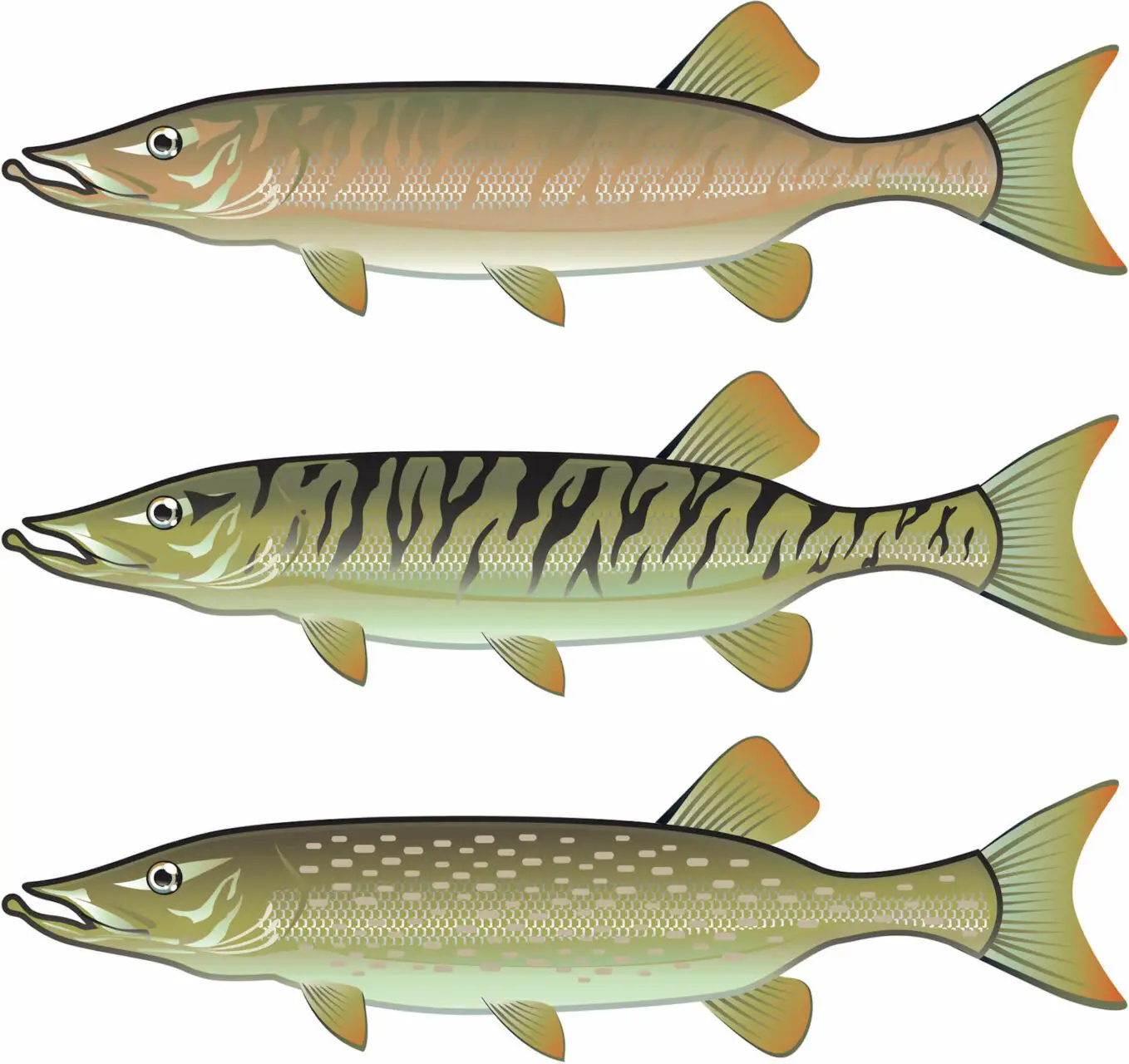

Muskie and pike are two of the most popular freshwater fish species in North America. Both belong to the Esocidae family. Although they share many similarities, there are some distinct differences between muskie and pike that can help anglers identify them when out on the water.
Size: Muskie tend to be much larger than their pike counterparts, with adults reaching lengths of up to 60 inches or more! Pike rarely exceed 50 inches in length
Coloration: The coloration of muskies is usually a dark greenish-brown with lighter spots scattered throughout its body. On the other hand, pikes have a distinctive pattern of light yellow stripes running along their sides and back.
Shape: When viewed from above, muskies have an elongated shape while pikes appear more rounded or oval-shaped due to their shorter bodies. Additionally, both species feature large heads with sharp teeth for catching prey but muskies typically have longer snouts than those found on a typical pike’s head.
Mouth Structure: Another way you can tell these two apart is by looking at how they feed; Muskies use suction feeding whereas Pike rely on ambush predation tactics using their wide mouths filled with razor sharp teeth! This means that if you spot one gulping down its prey then it’s likely a Musky – whereas if it’s just sitting still waiting for something tasty to come close enough then it’s probably a Pike!
Habitat Preferences: Lastly, although both species prefer similar habitats such as weedy lakes or slow moving rivers – Muskies tend to inhabit deeper waters than Pikes do so this could also be used as another indicator when trying to differentiate between them out on the lake or river!
In conclusion, although there are many similarities between these two fish species – size, coloration & shape being three key factors – understanding what makes each unique will help anglers correctly identify them when fishing in North American waters!
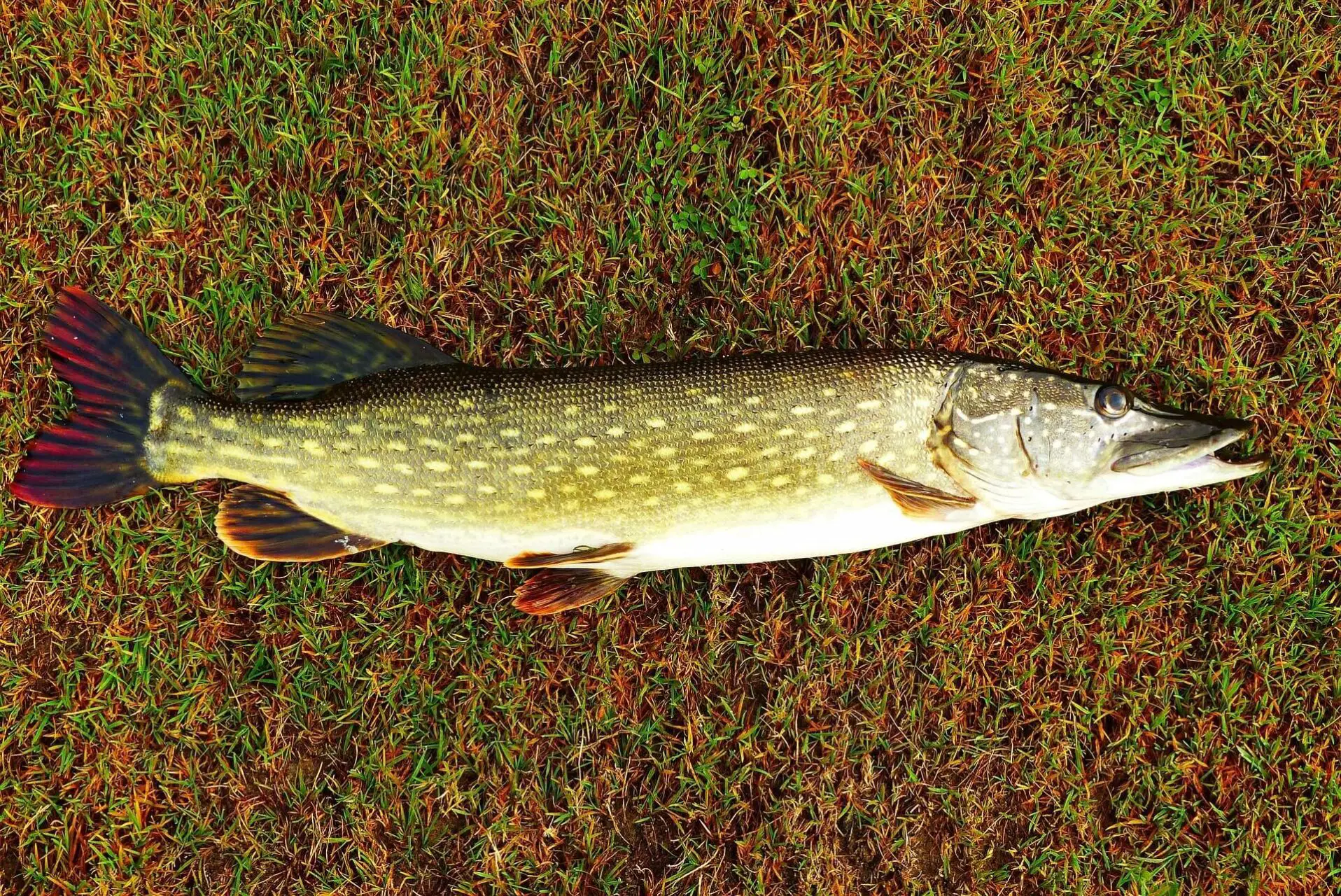

Regions That Muskies Populate
Muskies are a species of large freshwater fish that can be found in North America. These powerful predators inhabit rivers, lakes, and streams throughout the continent. Muskies are especially prevalent in the Great Lakes region, where they have been known to reach sizes of up to 60 inches long!
The Midwest is home to some of the most productive muskie fisheries in North America. The states surrounding Lake Michigan—Wisconsin, Illinois, Indiana, and Michigan—are all renowned for their excellent muskie fishing opportunities. In addition to these four states, Minnesota also has great populations of muskies living within its borders.
The Northeast is another hotspot for muskie anglers looking for big catches. States like New York and Pennsylvania boast healthy populations of this prized gamefish. Connecticut also has an abundance of good-sized muskies swimming around its many lakes and ponds. Even Massachusetts has some surprisingly decent spots for catching these fish! Moving further south into Appalachia reveals more prime locations for targeting muskies with a rod and reel or fly fishing gear.
Virginia’s Shenandoah River Valley is well-known among anglers as one of the best places on the East Coast to catch trophy-sized specimens from this species group. West Virginia’s Monongahela National Forest is another top spot worth checking out if you’re looking for quality action with these hard fighting fish!
Heading westward across the continent brings us into Canada where we find even more fantastic waters teeming with hungry muskies just waiting to take our bait or lure presentations! Ontario boasts some truly world class fisheries that attract anglers from all over North America each year who come seeking bragging rights after landing one (or several) monster sized trophies from this species group! Quebec also offers plenty of opportunity when it comes time to target these apex predators during your next Canadian fishing trip adventure!
Finally we arrive at what may be considered by many as THE premier destination when it comes time to chase down big lunkers: Alaska’s Kenai Peninsula which holds record size specimens from nearly every major gamefish species including giant trophy sized Muskies that can reach lengths exceeding 60 inches long! However, this species is a real problem there threatening Alaska’s native species such as the different kinds of salmon and trout. Hence, if you catch one there, make sure to take it home.
FAQs – Are Muskie good to Eat?
Are muskies a good fish to eat?
Muskies are generally considered to be good eating fish. While they can be caught and eaten, their large size makes them difficult to clean and prepare properly. Furthermore, muskies can have elevated levels of mercury which may render them unsuitable for consumption in certain areas.
Why are muskies high in mercury?
Muskies are high in mercury due to their large size and long life span. As they feed on smaller fish, they accumulate more mercury from the environment than other species of fish. Mercury is a hazardous element that builds up in the food web and can cause harm when ingested by people. Muskellunge are known for being top predators so it’s important to limit consumption.
What does the muskellunge like to eat?
Muskellunge, also known as muskies or musky, are carnivorous fish that feed primarily on other fish. They have a preference for larger prey such as yellow perch and suckers but will also eat smaller species like crayfish and frogs. Muskies typically ambush their prey by hiding in weeds or near structure before attacking with great speed and power. In various conditions, such as the time of year, water temp., and access to sustenance, their dietary habits can differ.
What is a muskies favorite fish to eat?
Muskies are opportunistic predators and will feed on a variety of fish species, depending on what is available in their habitat. Their preferred meal usually consists of the most plentiful type of fish in their environment, like yellow perch, suckers, walleye, smallmouth bass and panfish. They also enjoy larger baitfish like shad or herring when they can find them. Muskellunge have been known to consume other aquatic animals such as frogs and crayfish if given the opportunity.
Conclusion
In conclusion, Muskie can be a delicious and nutritious meal if cooked properly. With the correct preparation and accompaniments, you can create a memorable meal that your family will savor. Whether you’re looking for something different or want to try out this popular fish dish, muskie is definitely worth considering as part of your next fishing trip menu. So when someone asks “are muskie good to eat?”, now you know the answer: absolutely.
Come explore the world of fishing with us! Learn about tackle, lures, techniques and more to help you become an expert in bass and recreational fishing. Find out if muskie are good to eat or not!
